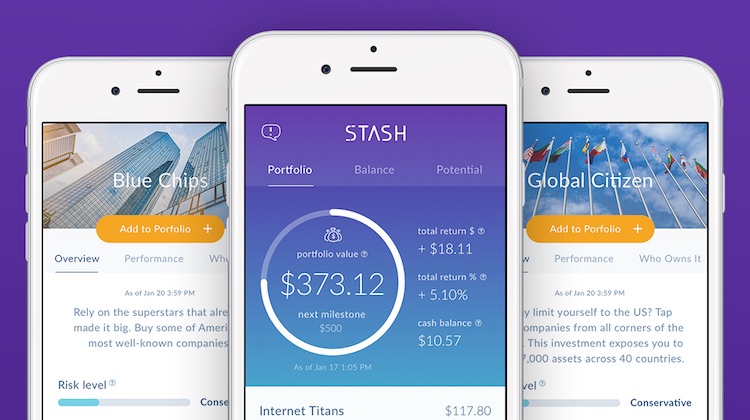Future of Investing
Stash wants to help millennials invest in their kids
- Stash Invest is using a new investment to build out banking products
- For Stash, the objective is not to become a bank, but offer its customers more options to control their financial lives








